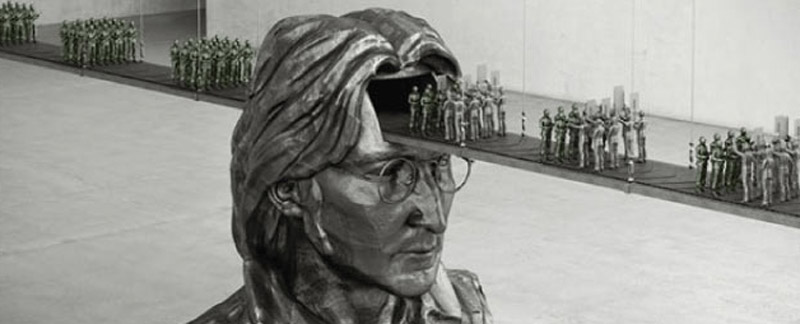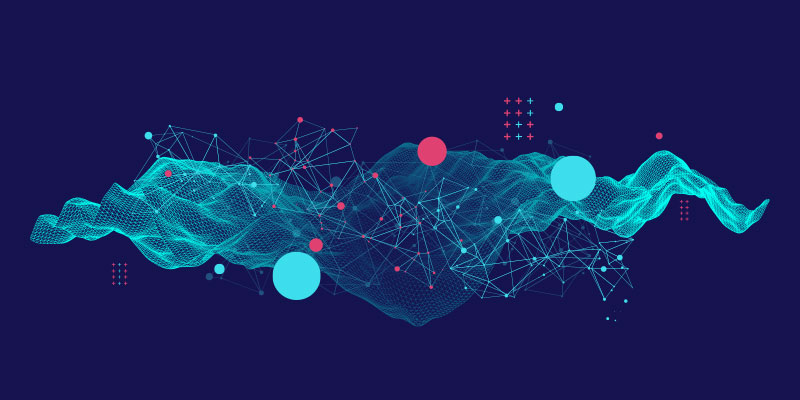TED Talks on Designing For the Future Web

“People think that design is styling. Design is not style. It’s not about giving shape to the shell and not giving a damn about the guts. Good design is a renaissance attitude that combines technology, cognitive science, human need, and beauty to produce something that the world didn’t know it was missing.”
Paola Antonelli
A well designed website will support the content and functionality and appeal to the taste of the target audience while presenting the image of the web owner. But there is something else that we tend to miss out entirely. It’s the enormous amount of data collected, presented, distributed, and appreciated across the web. An ideal website design must be both futuristic and functional, but very few websites get that distinction.
The TED Talks compilation below will give you a glimpse of what the web felt like since its inception and how it will impact and reshape future experience. Some of these presentations will show you the past and others will open a window into the future. The idea is to understand the concept of designing for the future web. Get ready for an insightful journey across the web.
1. The Story of the Page Not Found
Oops, the page you are looking for does not exist. Indeed an annoying message for a visitor who had an otherwise good experience on the web. Now this broken experience is somehow inevitable, but some websites use it to their advantage. Apart from such common user experience errors, Renny Gleeson will tell you about the family of errors that a user encounters. He narrates how error pages can be an opportunity to turn around a negative experience and use it for the advantage of the website.
2. How Web Video Powers Global Innovation
The idea of crowd accelerated innovations came from the web and in simple words it is like innovation breeding innovation. The world’s population continues to grow at an exponential pace and so has virtual connectivity. Today web videos are providing learning opportunities to people from distant geographies. Chris Anderson points out that the possibility which are being created for a strong drive in individuals to outperform in various fields like literature, performing arts, design, and technology. So geography cannot be a limitation anymore and web videos will fuel creative thinking of the next generation that will do almost everything on the web.
3. Simplifying the Relationship Between Data and Design in UX
Rochelle King, a senior designer at Spotify, had been entrusted with the task of combining many mismatched interfaces of Spotify into a single harmonious layout. Check out her presentation as she walks us through the process of redesigning a major website, revealing best practices for navigating the relationship between designers, data, and end users.
4. A Magna Carta for the Web
While the web grows at unprecedented pace, it brings certain challenges to the surface that were not previously imagined. We fancy this mode of free speech but are not totally aware of the underlying problems it entails. One of the risks is that of surveillance. Tim Berners Lee here highlights how the web that is supposed to be a free tool of expression and connectivity can be limited by censorship and corporate centralization. Watch Tim Berners promote the Magna Carta – a bill of rights for the web – for the awareness of who to communicate with when you are faced issues related to it.
5. Enhanced User Experience on the Web
We innately believe design to be restricted to branding and imagery and most of our efforts are focused on that. However that’s not the case. Designs of digital experiences are just as crucial. To make web experiences visually enticing and profoundly functional, designers have to be really smart. They have to work on even the tiniest details to enhance and maintain user experience, and Margaret Stewart explains this with an amazing example. She points out how scalability is a challenge and how web owners are dealing with it.
6. The Next 5000 Days of the Web
Hold on tight as Kevin Kelly takes you to the past and focuses on the changes we have experienced since the birth of the web and a little sneak peek into the future 5,000 days from now. It’s amazing to note how we have covered so much in so less time. All this makes us wonder what will be the pace of discoveries through the web in the future. If you are part of the giant machine called the web, this one’s a must watch for you.
7. Is Pivot a Turning Point for Web Exploration?
Information tends to exceed our limits of comprehension when there is no identified pattern to a raw data. With organization data remains, and this is perhaps the biggest dilemma of the web experience these days. Everything is so in-your-face that you are unable to draw the meaning or purpose from it. Gary Flake introduces the smart use of Pivot and how this app helps every user to get patterns that can turn raw data into meaningful insights. Certainly Pivot offers ideas for the UI/UX designers of today.
8. My Web Room
In this new millennia designers have emerged as the creative leaders. However, at times they are unable to create a connection with the real world through their designs. Usually the complexity of ideas is to be blamed when a design execution is misdirected. Watch this presentation from Zee Frank as he introduces small experiences that connects everyone on the web.
9. The Genesis of Google
Google co-founders Larry Page and Sergey Brin offer a peek inside the big machine that drives the world named Google. Watch them as they share tidbits about international search patterns, the philanthropic Google Foundation offers, and the company’s dedication to innovation and employee happiness. Now if you are working on the web and designing for it, you cannot simply ignore this.
10. The Web as a City
What a city and the web have in common? They are both decentralized and not in total control of any single individual. Yet the collective actions of the people on the web or in a city do cast an impact. Steven Johnson creates an interesting analogy of web with a city. He has raised some pressing questions along the presentation that will help you identify a new model of interactivity available online. Watch his interesting examples that will surely get you thinking about the possibilities of designing for the web.
Hope you enjoyed the collection! There are more resources for creative thinking coming your way!


